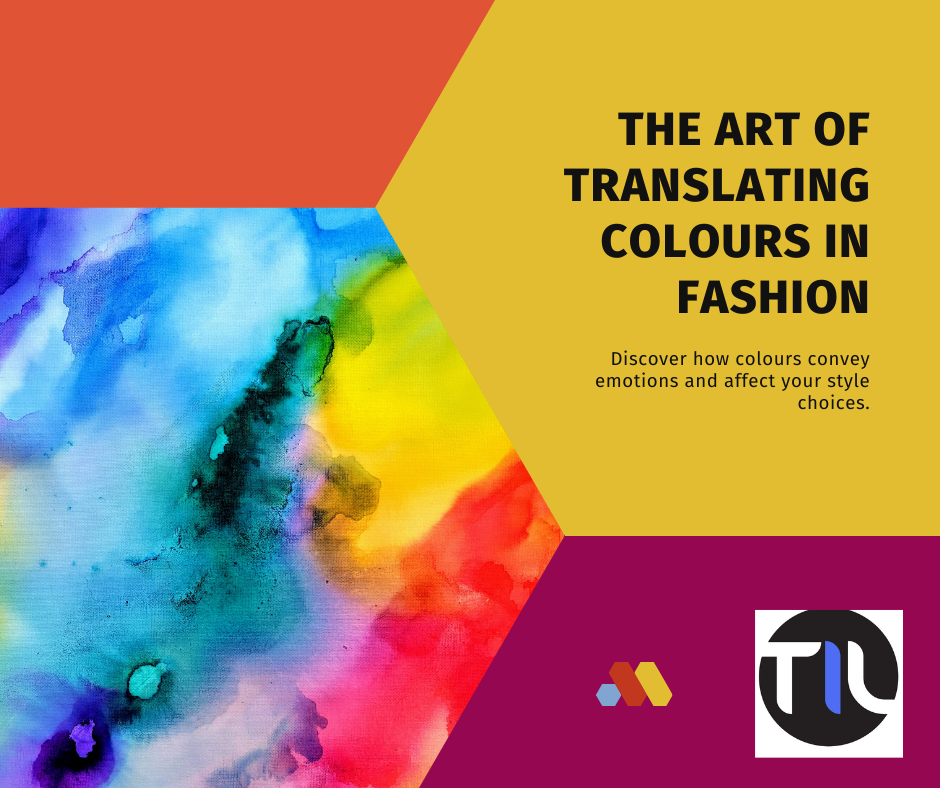
The Cerulean Blueprint In the world of fashion, colours speak volumes. They tell stories of eras, moods, and revolutions. But beyond the mere aesthetic, colors carry with them a cultural lexicon that requires a nuanced understanding to translate accurately. This concept of “translation” extends beyond languages to include the visual and emotional impact of colour in fashion. A striking example of this can be found in a memorable quote from the film “The Devil Wears Prada,” where the protagonist is schooled on the significance of her seemingly mundane cerulean sweater. The monologue illuminates not just the colour but its journey through the fashion hierarchy, from Oscar de la Renta’s cerulean gowns in 2002 to the department store sweater in question.
The image above showcases a range of blue colors, starting from light blue on the left and transitioning through various shades, including turquoise and sky blue, and finally culminating in cerulean on the right. This visual representation highlights the spectrum of blue hues, providing a seamless transition between each distinct shade.
This scenario perfectly encapsulates the essence of translating colours in fashion. Cerulean, in this context, is not just a colour; it’s a testament to the cyclical nature of fashion trends and the meticulous craftsmanship behind haute couture. It’s a colour that was selected, among a plethora of blues, for its ability to evoke a specific emotion and aesthetic. This choice was not accidental but a calculated decision by designers and colorists who understand the language of color. The process of translating these colours into fashion collections is akin to a linguist translating poetry from one language to another. It requires a deep understanding of culture, context, and the emotional spectrum associated with each hue. The colour cerulean, as highlighted in the film, represents more than a visual appeal; it’s a narrative piece, a cultural artifact that traces its lineage back to influential fashion houses and designers who have shaped our perception of beauty and style. In fashion, the translation of colours is not just about the visual replication of a hue but about capturing its essence, its history, and its cultural significance. This is what makes fashion a complex language of its own. Each color, each fabric, and each design is a word, a sentence, or a paragraph in the larger story of fashion. The journey of cerulean from the runways of Oscar de la Renta to a casual sweater encapsulates the democratic nature of fashion, where haute couture and streetwear intersect, influencing and inspiring one another.
The narrative of cerulean teaches us that in fashion, as in language, nothing is ever just surface level. Colours carry with them the weight of their journey through time, culture, and creativity. They are markers of trends, symbols of movements, and emblems of the collective psyche. The art of translating these colours into fashion is a meticulous process that requires an understanding of their inherent stories and the ability to tell these stories anew, making the old feel perpetually fresh and relevant. In conclusion, the translation of colours in fashion, as exemplified by the journey of cerulean, is a testament to the industry’s vibrant interplay of creativity and cultural significance. It reminds us that every colour, every piece of fabric, has a history waiting to be told and retold, each time with a new shade of meaning.